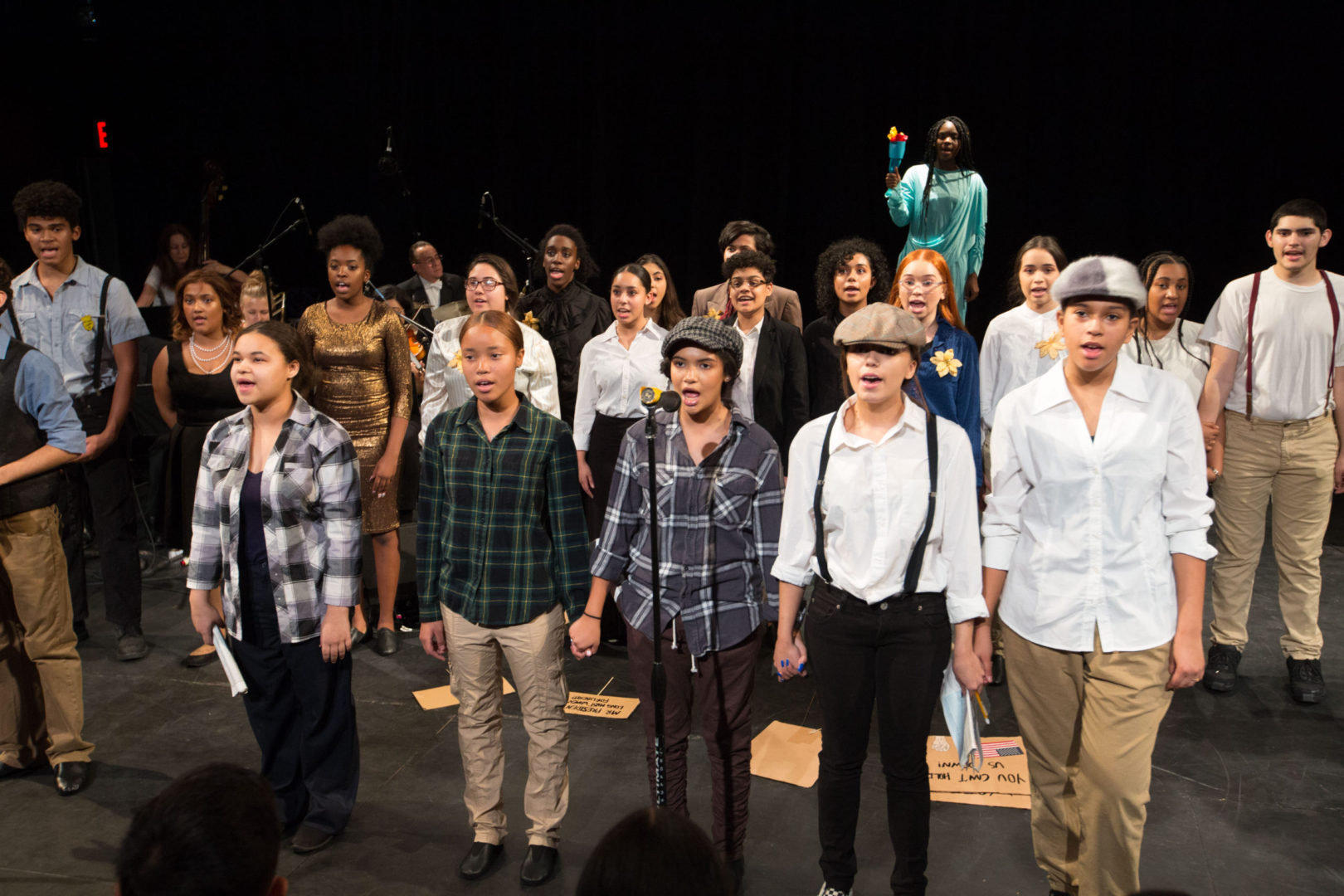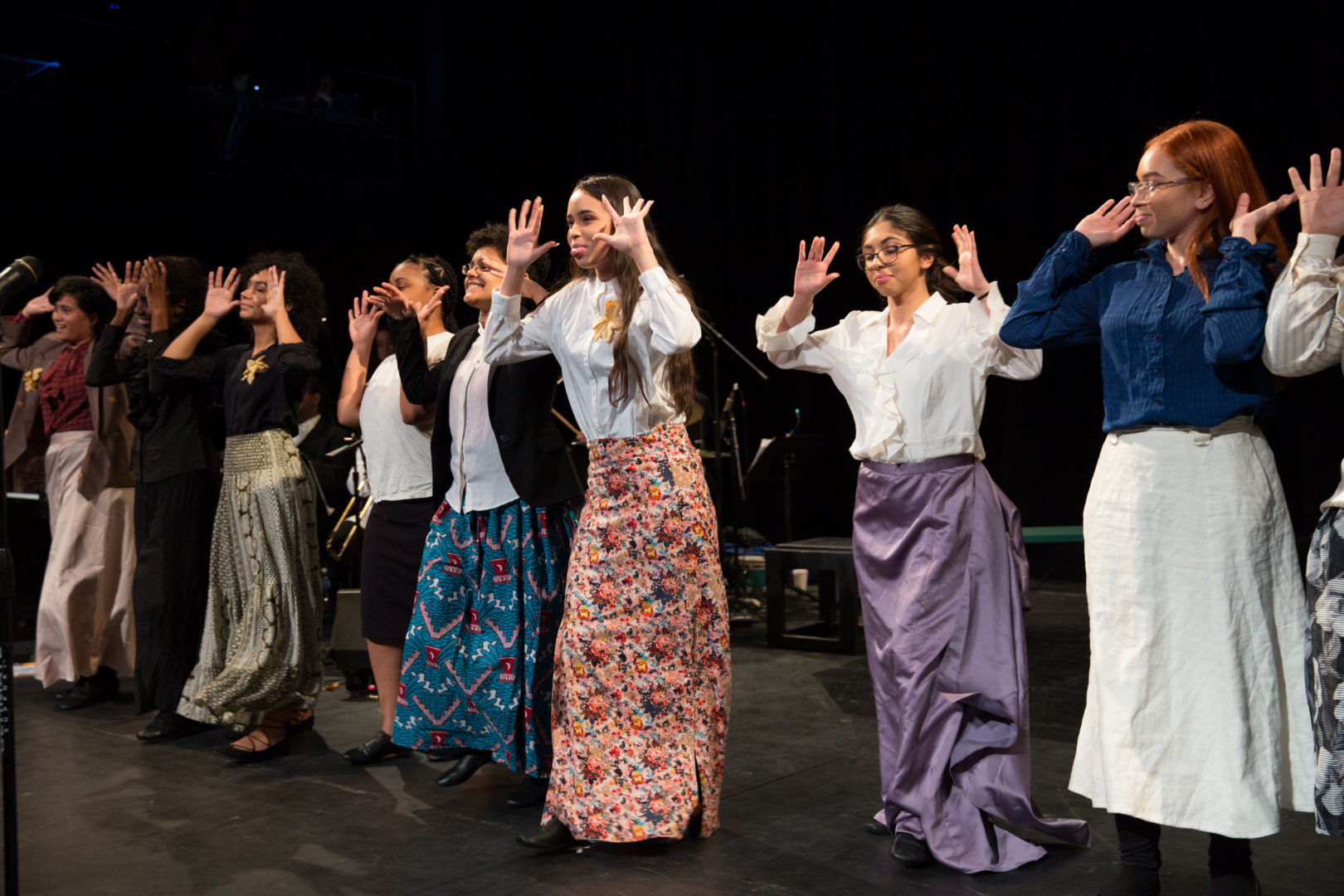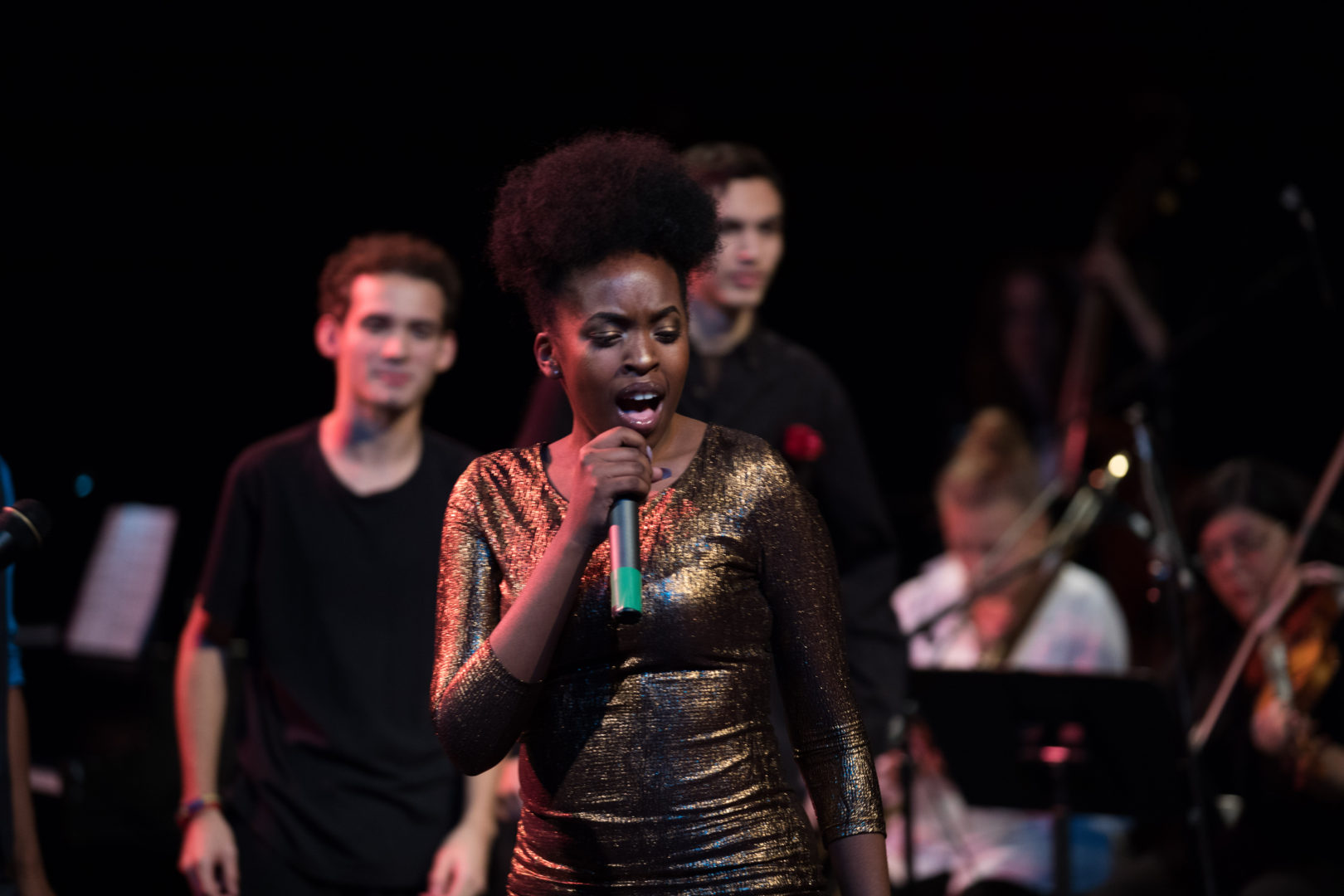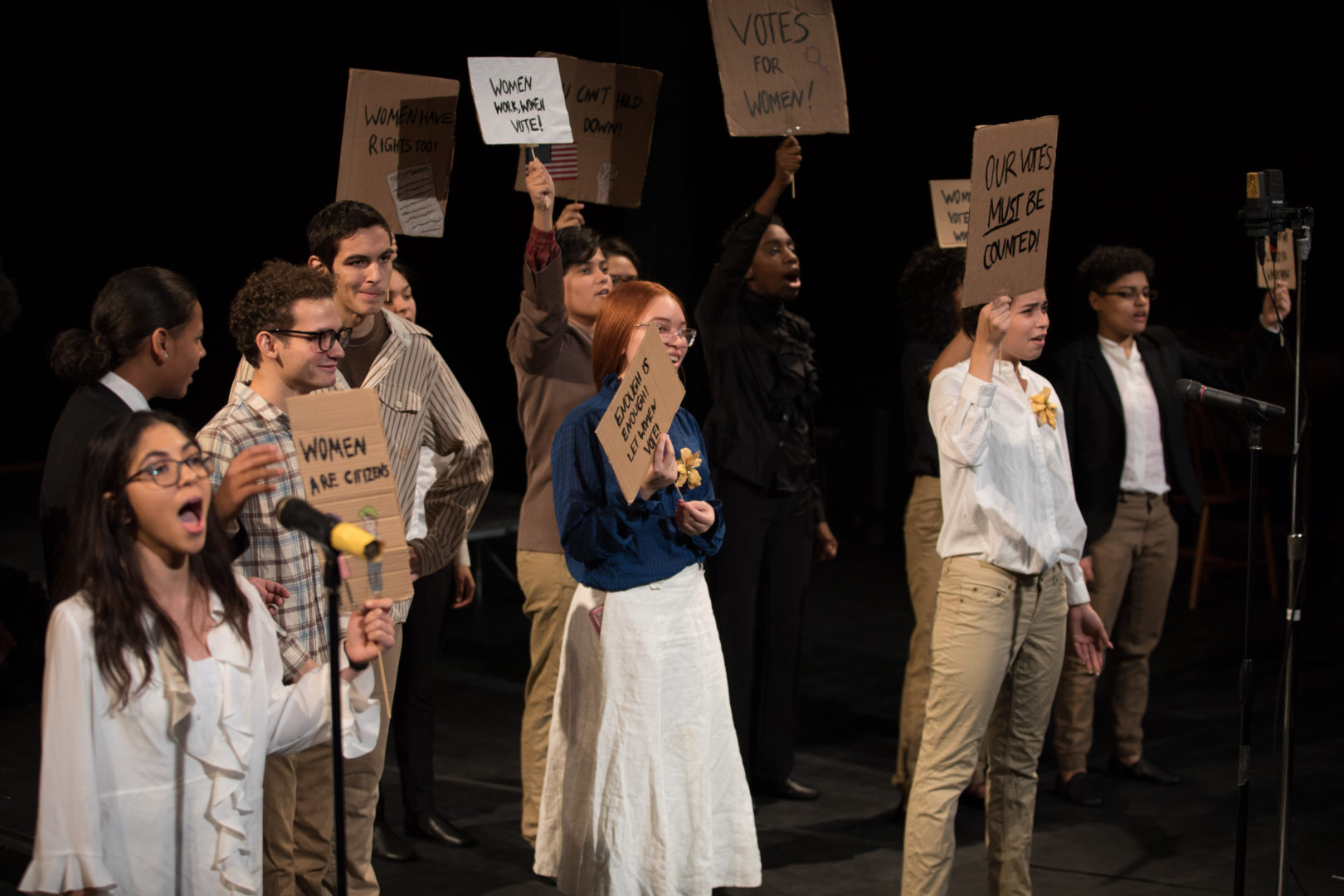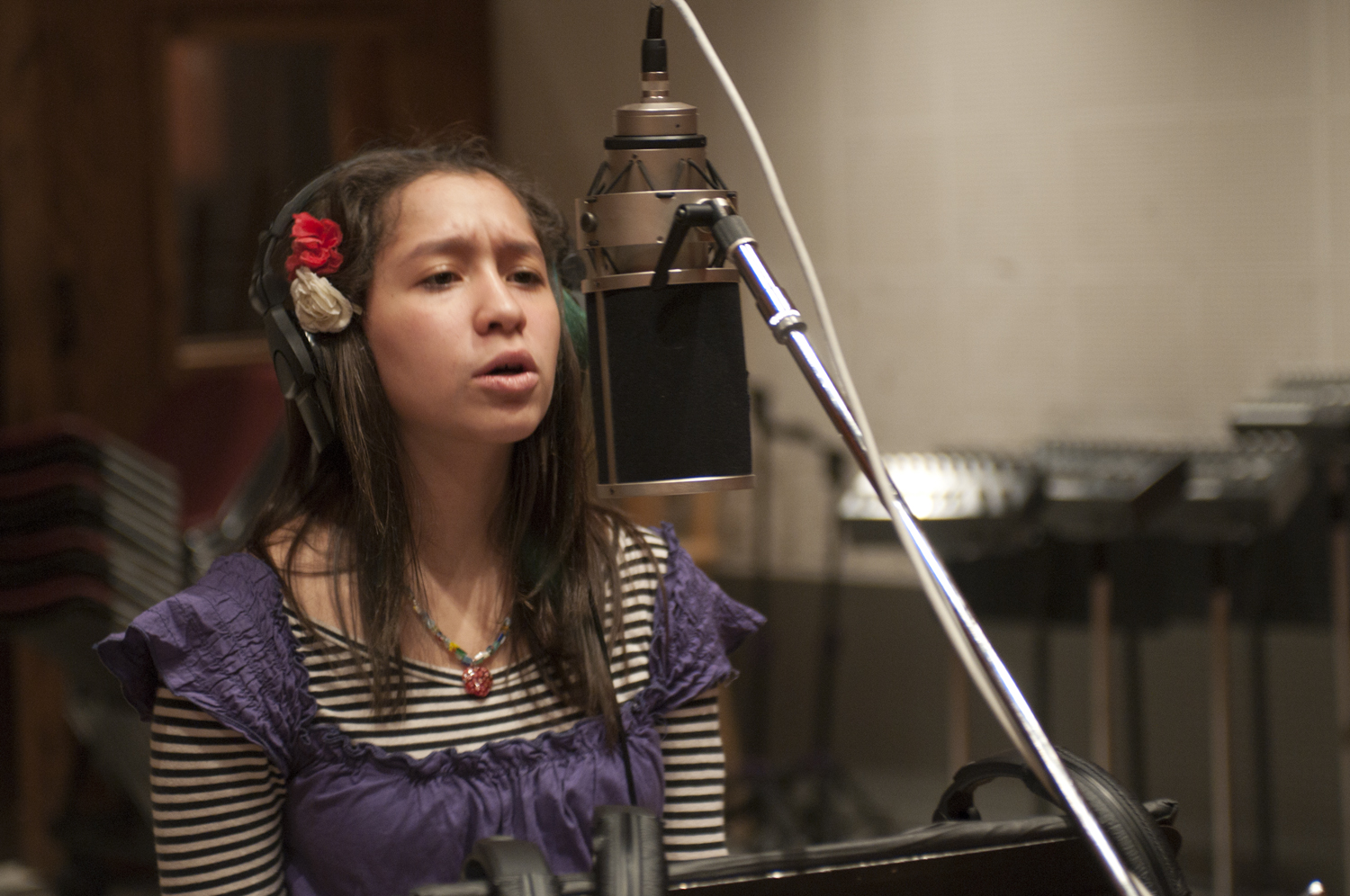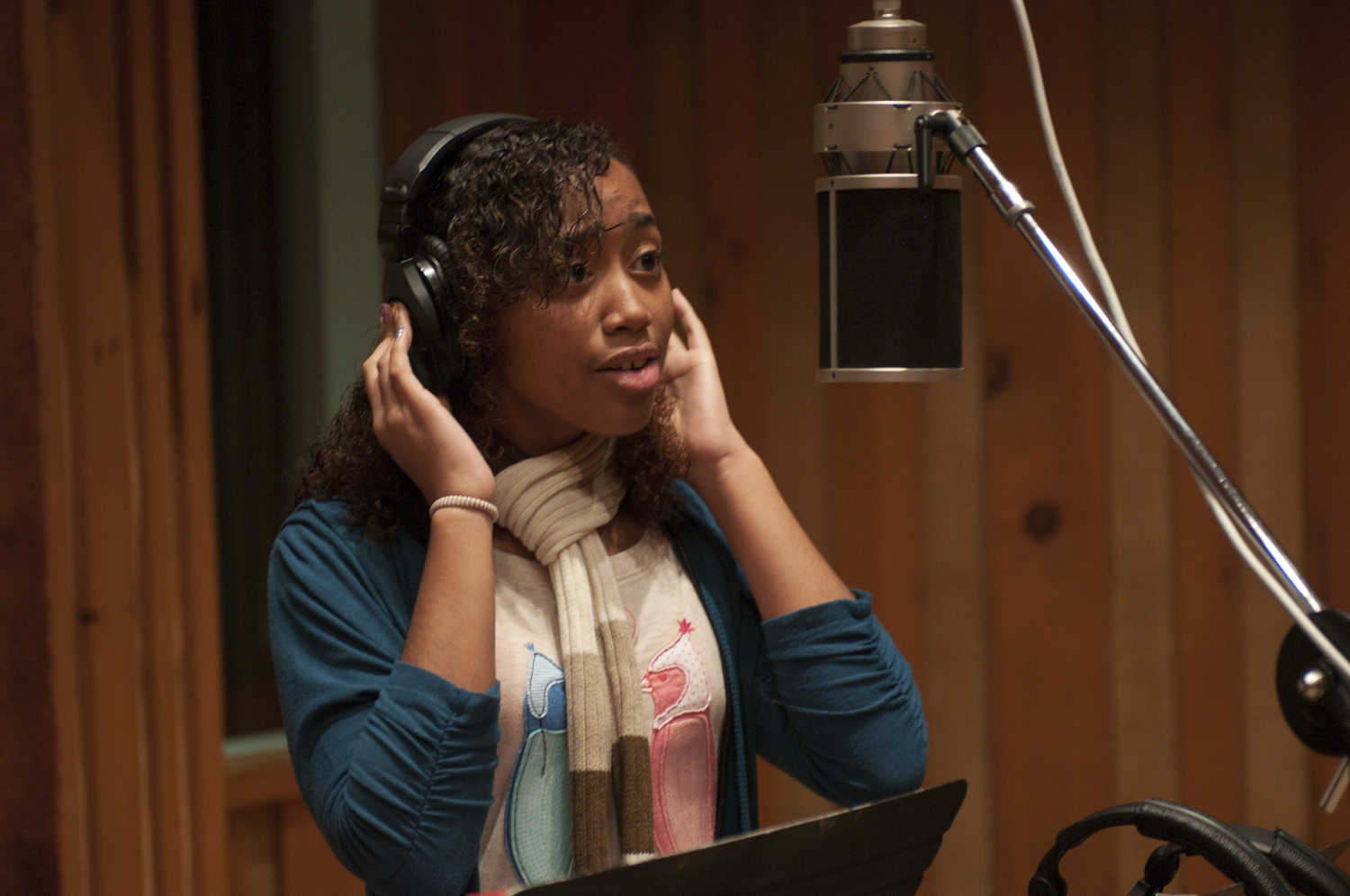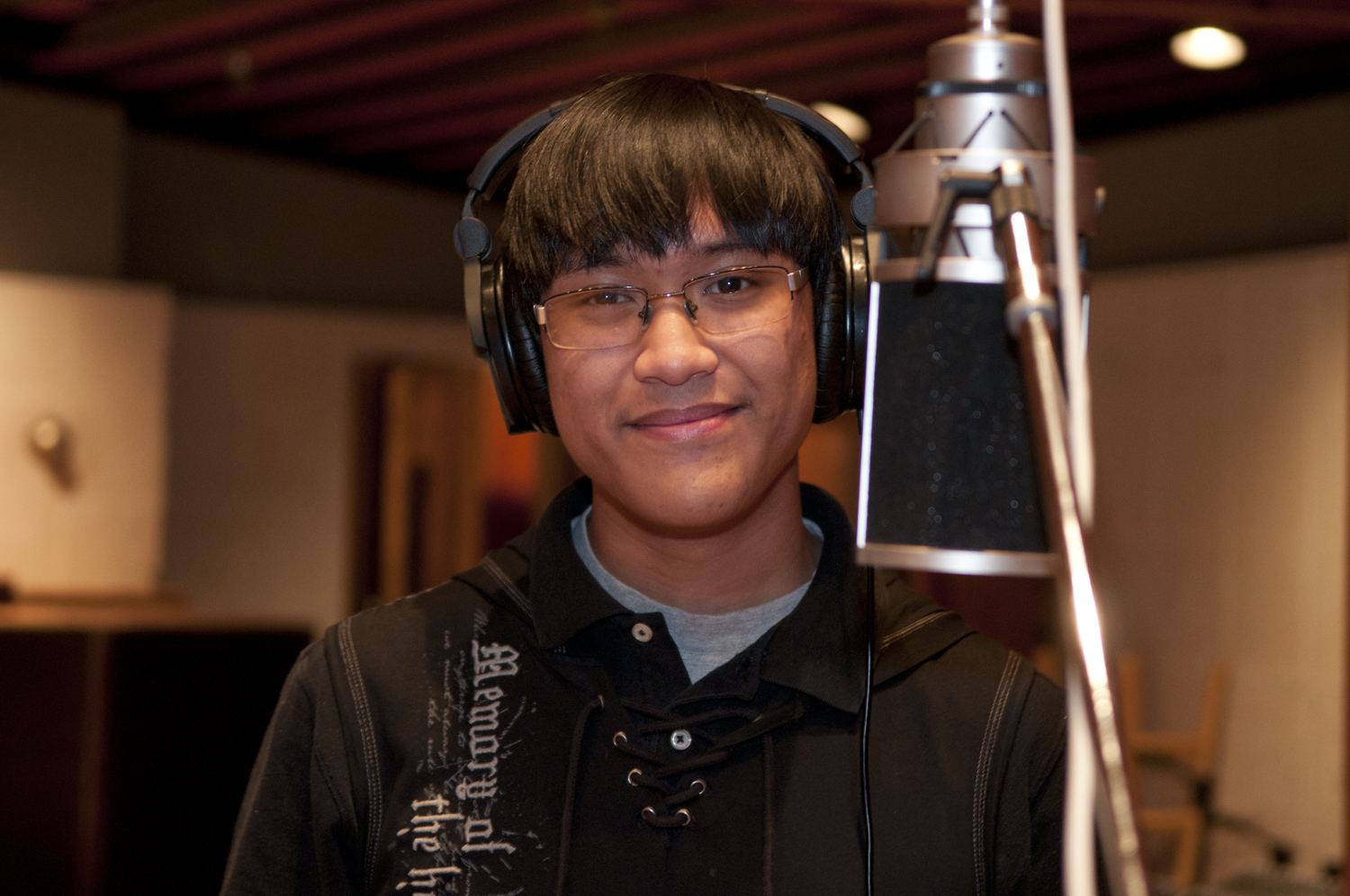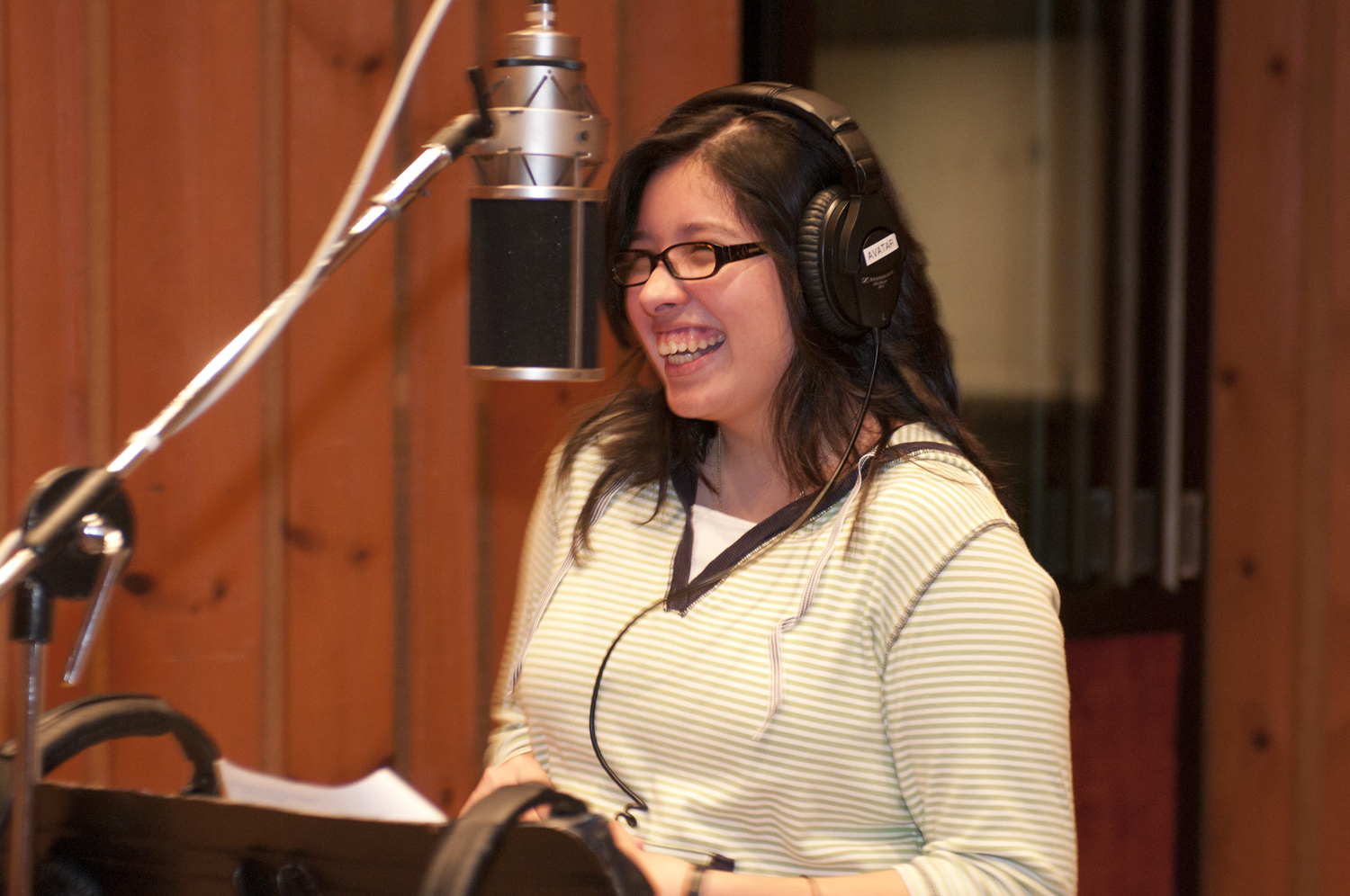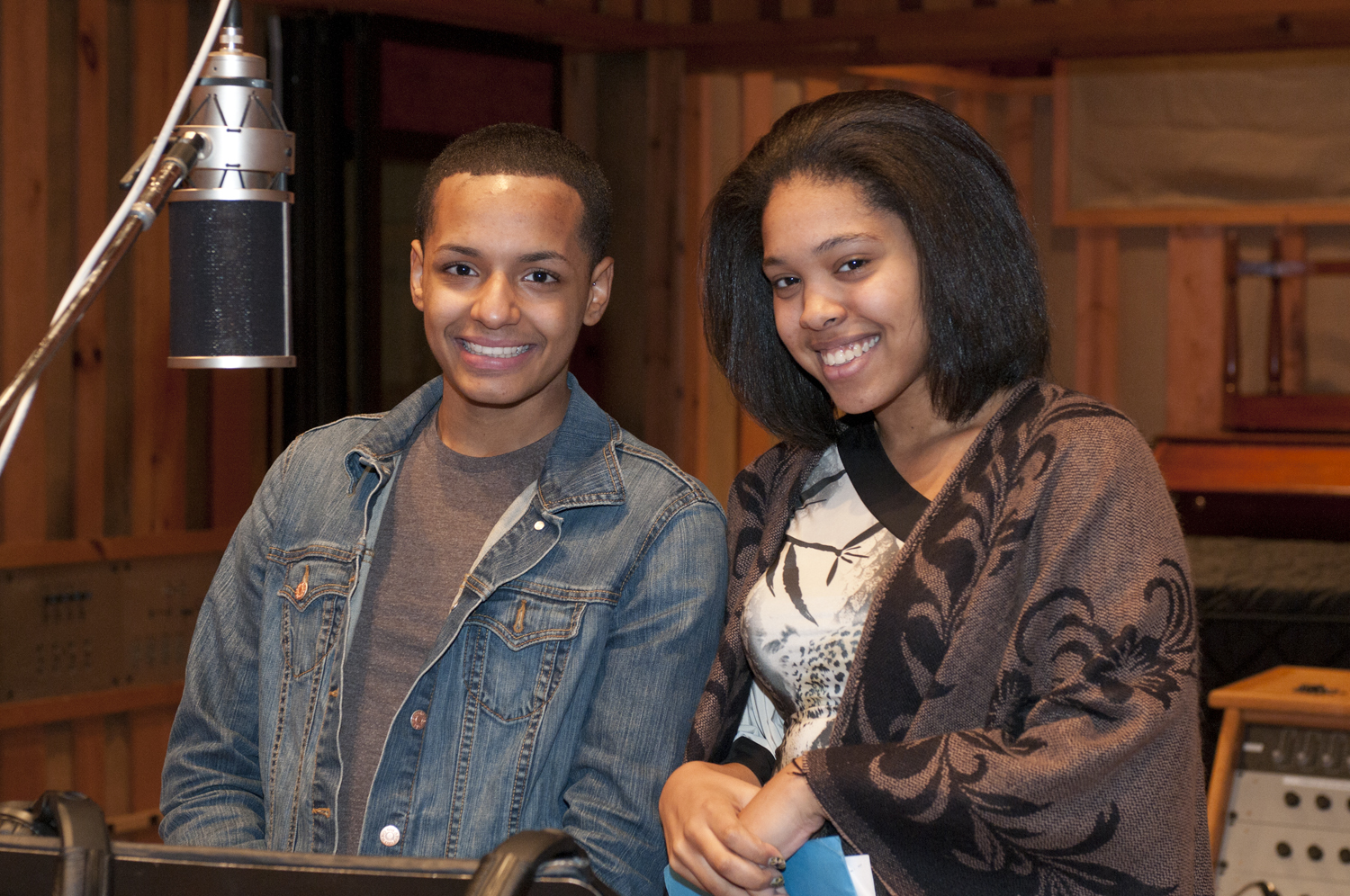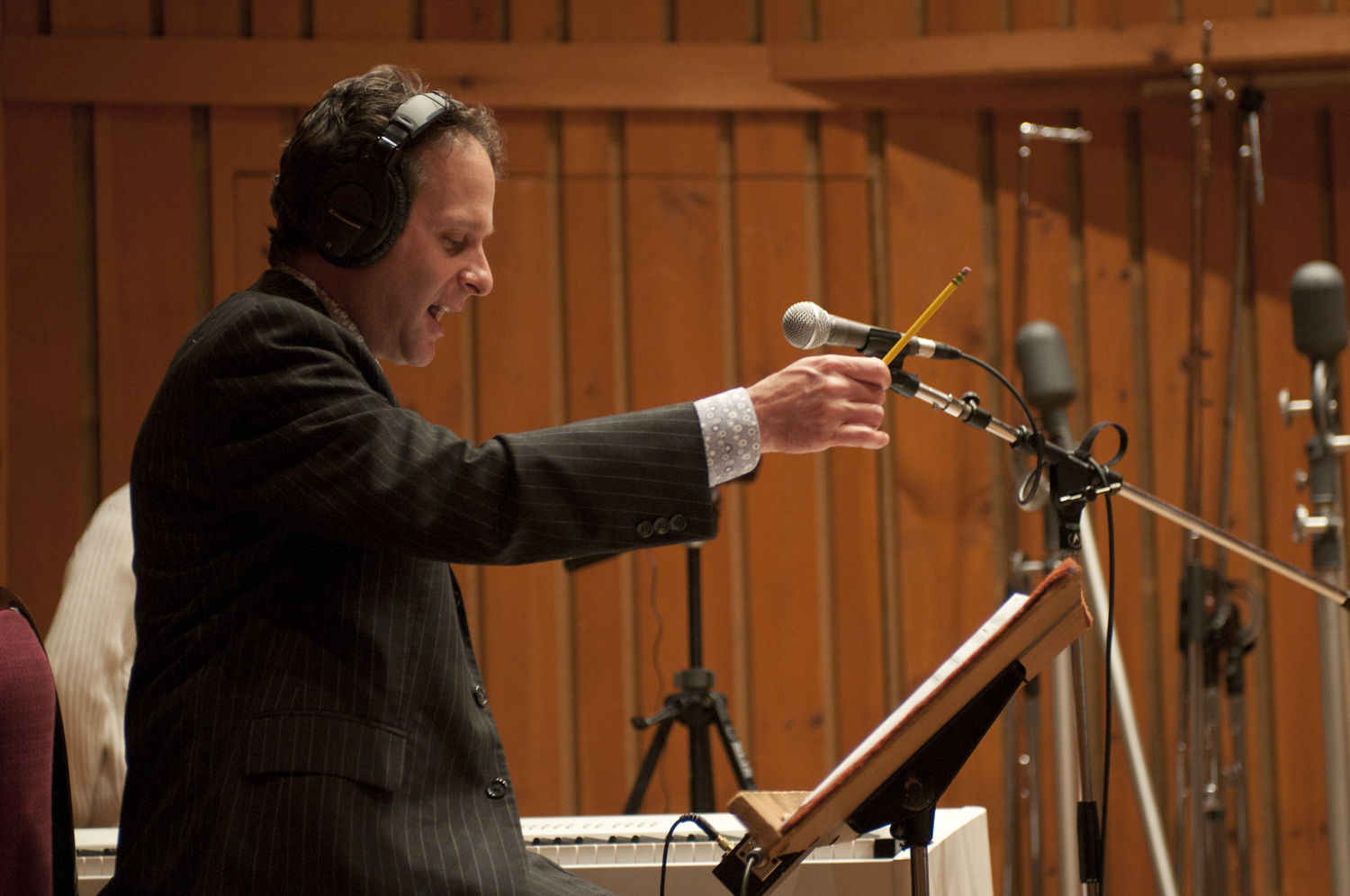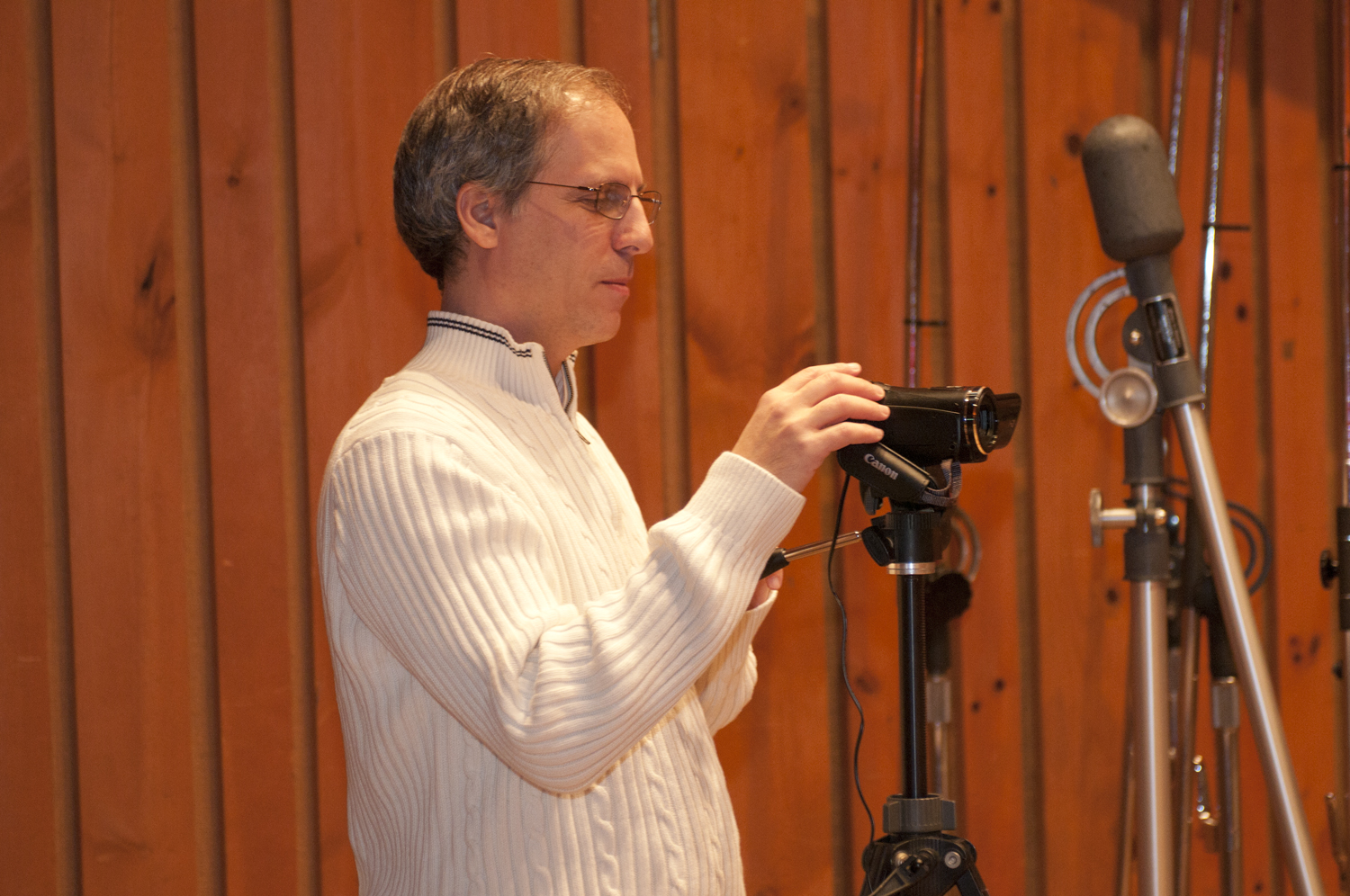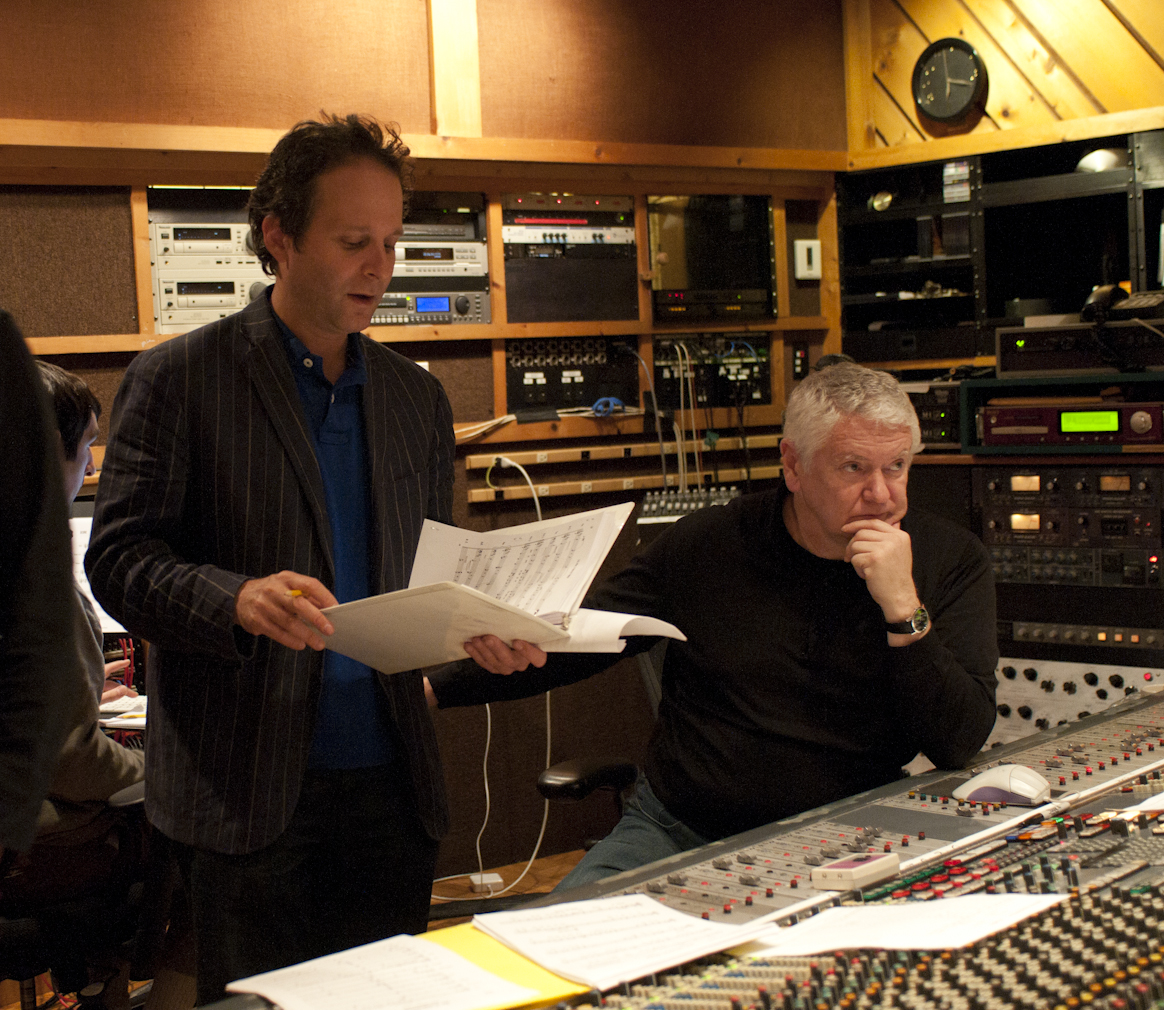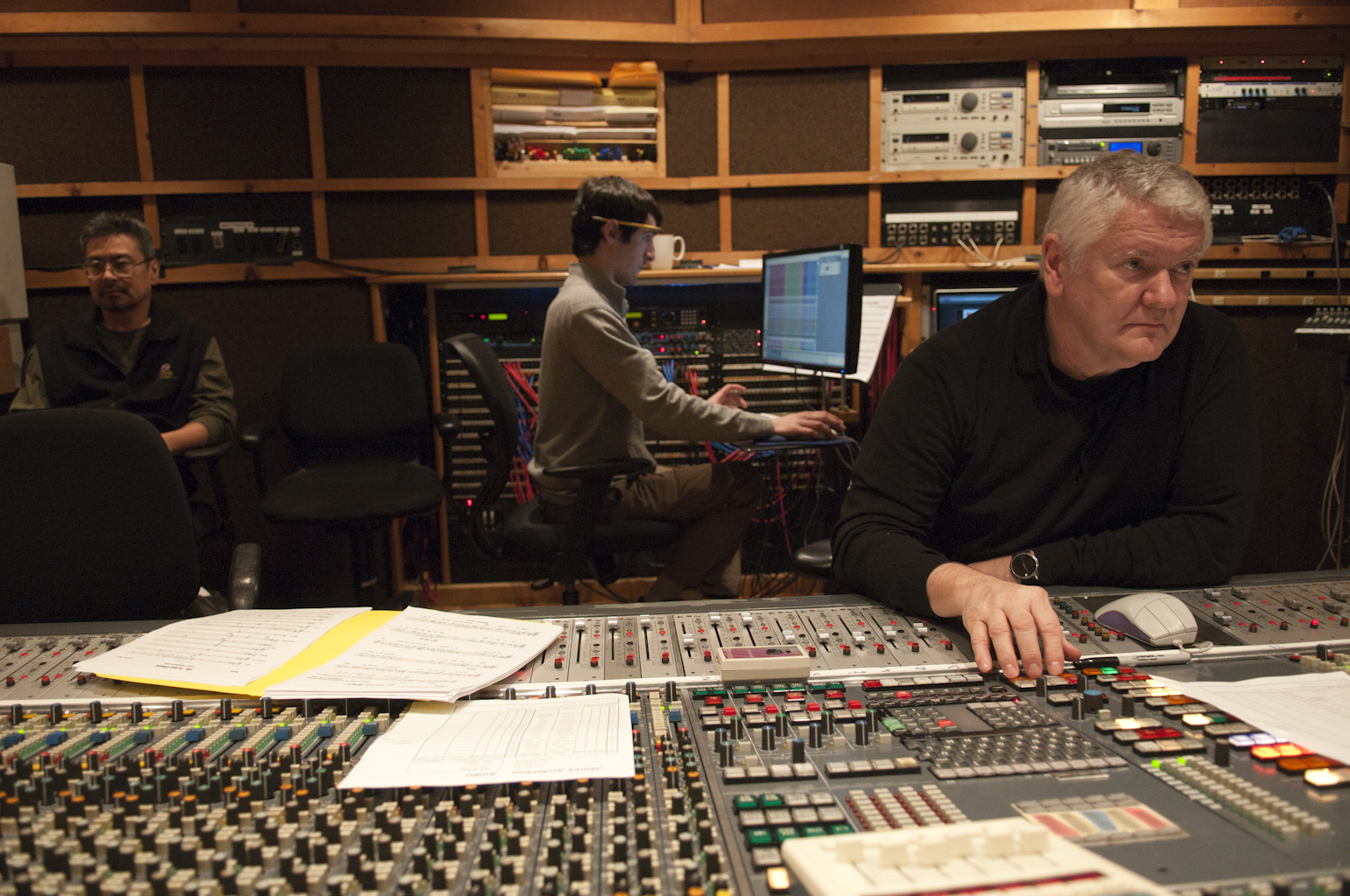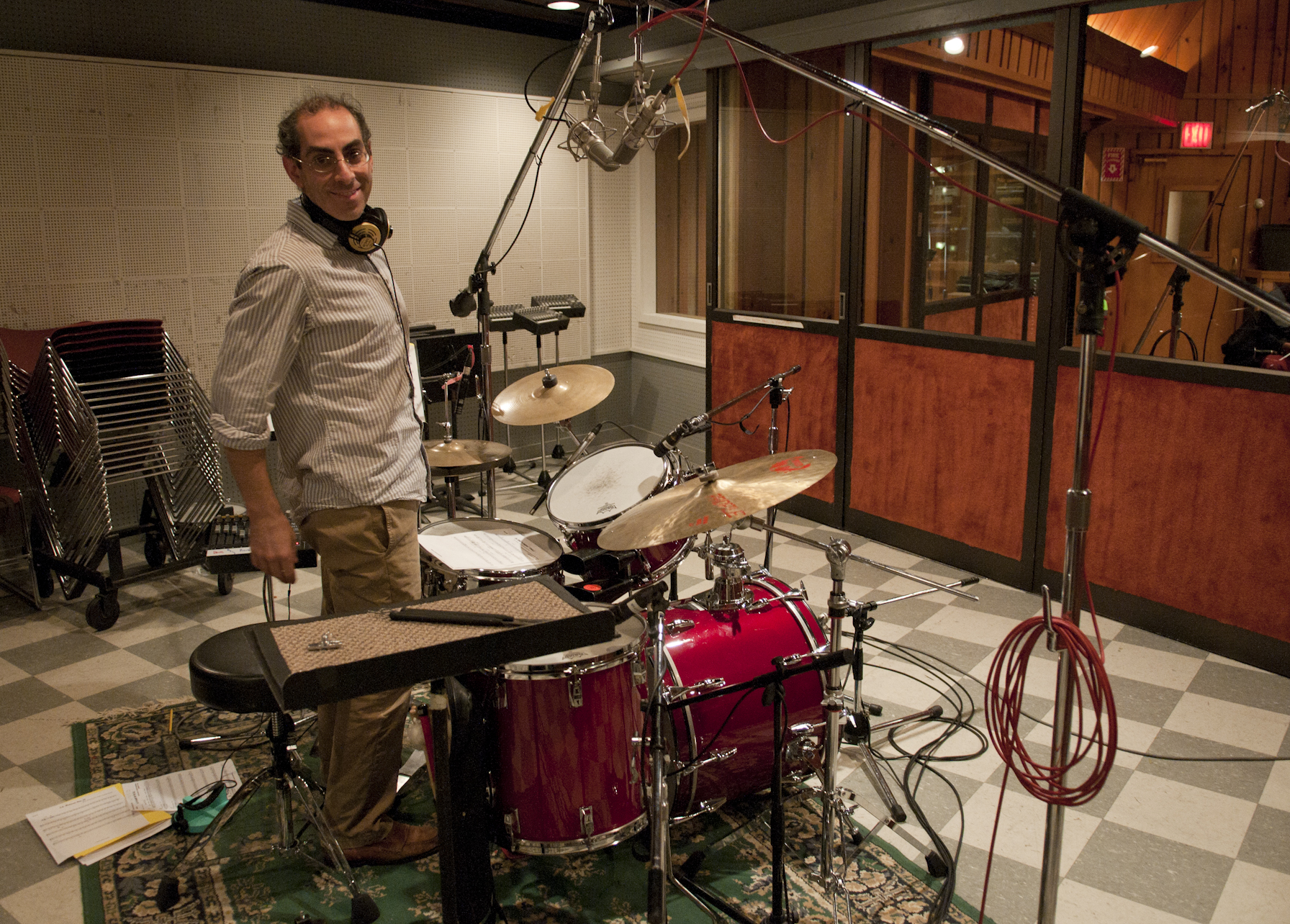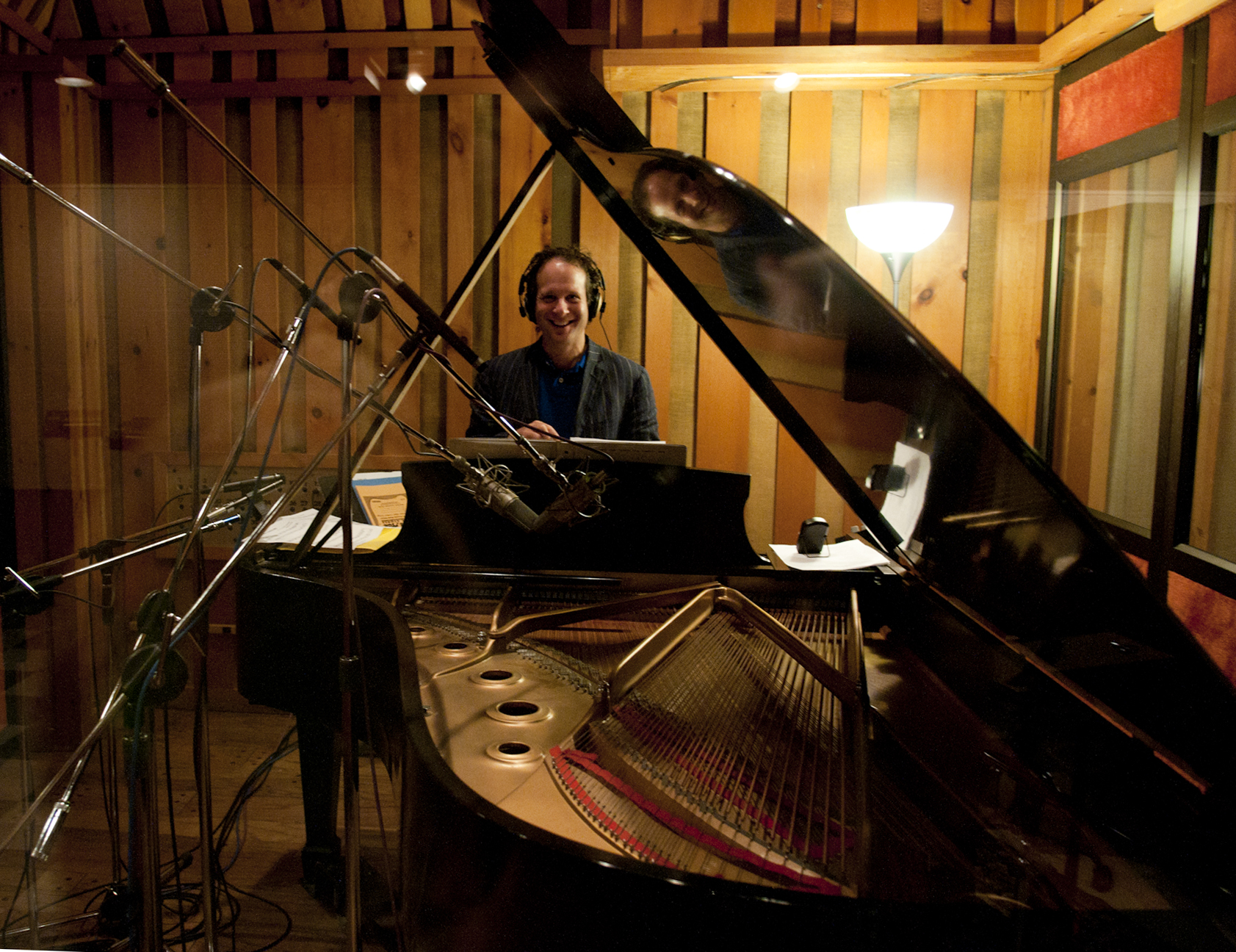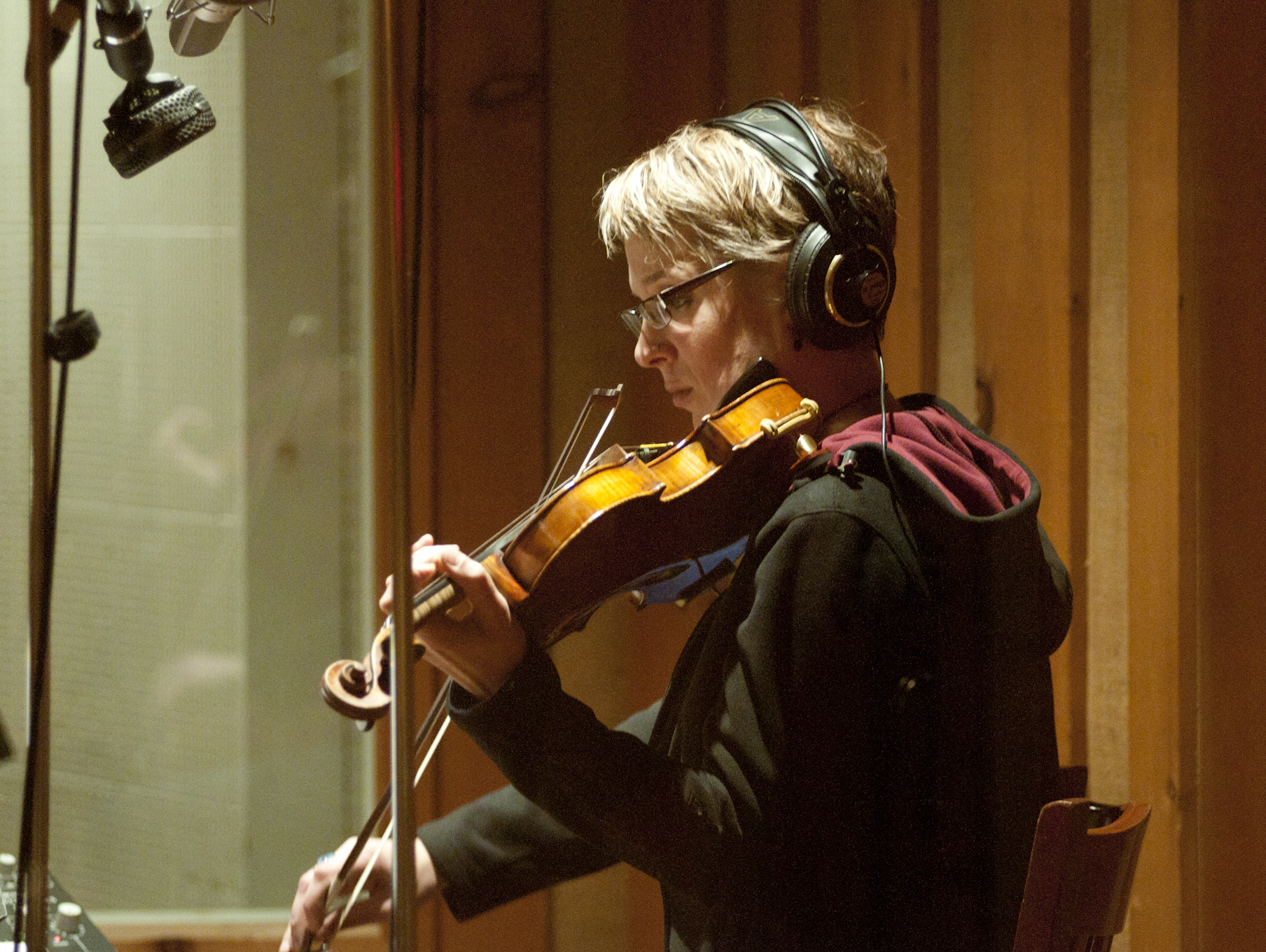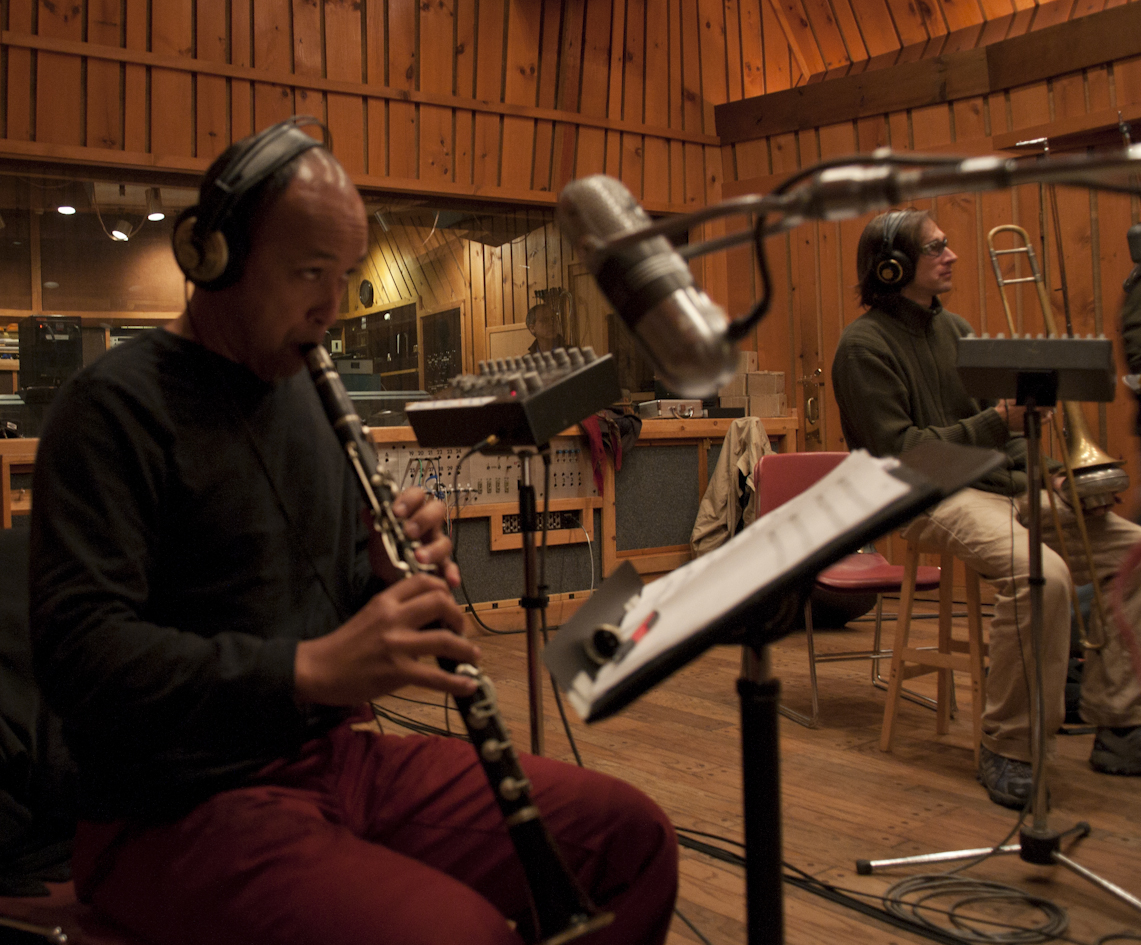Synopsis
Holding the Torch for Liberty, the jazz musical tells the story of the culmination of the women’s suffrage movement in the United States, circa 1920. Through ragtime, classic blues, New Orleans and Cuban infused original music, Holding the Torch for Liberty traces how courageous working women joined forces to fight for and win final passage of the 19thAmendment. Combining actual historical events with magical realism, the Statue of Liberty comes to life, goes dancing in a Harlem nightclub, and later meets a determined group of suffragists. Ms. Liberty’s torch becomes a window to the future, as the roles for women in the country grow- women doctors, lawyers, engineers and even the president. With the country openly divided, a lone congressman from Tennessee gets an inspirational letter from his mother reminding him that standing up for justice and doing what is right comes easily when you follow your heart.
Featured Songs
“Newsgirl Rag”
Ragtime, historical piece (circa 1917)
“It’s the Way that You Talk”
New Orleans second line a la W.C. Handy’s St. Louis Blues.
“Wild Cat Strut”
Honky Tonk blues with built-in line dance.
“Don’t Go Back on Your Raisin’ Reprise”
Jazz Ballad.
“What is America? – Finale”
Anthem for voting rights for women.
Production Guide
It’s the beginning of the 20th Century. People are returning from war, fighting an epidemic, and ushering in the jazz age; and women still don’t have the right to vote!
How many of your students know how women got the right to vote? Adapted from actual events leading to the passage of the 19th Amendment Holding the Torch for Liberty will reignite the flame of freedom in hearts and minds in students and administration in your school.
Written by an experienced teacher and a leading jazz educator-this musical is written for kids, is funny, with an unlimited, flexible cast and speaking and singing parts for practically everyone.
Holding the Torch for Liberty is an age-appropriate musical that will help your students remember that the price of freedom and equality has been paid over and over again.
- Vocal score written to promote healthy singing- won’t damage young vocal chords!
- Meets crucial Common Core Learning Standards!
- Cast album and production CDs are available to make your rehearsals run smoothly!
Notes to Teacher
Holding the Torch for Liberty is a period piece. It takes place in the early part of the 20th century. It retells the actual events leading to the passage of the 19th Amendment which secured half of the U. S. population the right to vote. Although fanciful in some ways, (ex. The Statue of Liberty coming to life), it is also based upon numerous factual historical events. For example, the negative publicity surrounding the treatment of the suffragists in prison forced President Wilson to reverse his position on voting rights for women. Furthermore, the vote for ratification of the 19th Amendment to the Constitution actually did come down to one vote by a Tennessee legislator who had previously voted against women’s suffrage. He actually had a letter in his pocket from his mother advising him to vote for the amendment. It is a wonderful opportunity to educate children on the non-violent struggle for women’s suffrage. The characters of the suffragists are all based on actual women who led the battle. The character Alice, who miraculously appears after Sally’s plea to Ms. Liberty, is based upon Alice Paul, a pioneer in the struggle who very few people have ever heard about.
Notes to Director
Holding the Torch for Liberty is a fast-paced musical. Although serious in nature (the battle for women’s suffrage), the show is also interspersed with many comedic elements. The characterizations of some of the stereotypical “New Yorkers” is fun to exploit for laughs as well, and acts as a counter-balance for some of the harsh treatment the suffragists receive from the actors portraying the more chauvinist segments of the population. The most significant relationship is the one between Sally and Alice. It is Alice’s guidance which helps bring out the fighter in Sally. Ms. Liberty is also an important catalyst in that it is her spirit which ultimately strengthens the women to see the struggle through to the end. Although Ms. Liberty is played in the style of a young, whimsical French woman she also symbolizes the notion of equal rights under the law for all and therefore deserving of courtesy and respect. We never see Ms. Liberty stressed or strained, even in prison. She is merely delighted to be made human and enjoys herself immensely.
Notes to Musical Director
“Newsgirl Rag” appears in 3 versions. The words are rich with the story and delivered in ragtime style . Newsgirls/boys should be energetic young voices with ranges C# to C# above mid-C. One young soloist, “Little Sister” gets to hold E above that. “Wild Boar Theme” occurs several times and is a playful, mocking-hootenanie-kind-of- number. No special vocal demands other then good old boys ready to have a good time and willing to make loud, raucous noise. “It’s the Way That You Talk” is sung by the Suffragists withsolos for Alice, Susan and Sally. It is a New Orleans beat a la Fats Domino and has a range mostly from C to C with a couple of reaches up to D and E and one final brief encounter with an F as part of an eighth note phrase. “Don’t Go Back On Your Raisin’” is a jazz ballad sung expressively by Mrs. Murdock, your most mature singer. This song holds a terrifically sentimental/emotional punch. The range is Db to Db above mid-C. “Wildcat Strut” is a 1920’s style vaudeville blues number. The range goes down to an A below mid-C. Much of it can be talk-sung in the style. For a great model of this style, listen to Ruth Brown in Black and Blue. “What Is America?” finale begins as a simple patriotic theme introduced by Little Sister and grows into a full company number that reprises “Don’t Go Back On Your Raisin’.” There is 2-part harmony and unison singing. It is the emotional climax of the show.
Notes to Choreographer
The “Factory Dance” can combine body rhythms (stomping, clapping, brushing) and percussive manipulation of set items (banging, striking, clanging items together, etc.). Have dancers create a “machine” using their bodies: for example, in pairs they can create a repetitive, angular movement which links to the next pair by going over, under, around or through the next pair’s movement. Or, small groups can select a factory task, then stylize the movements to the accents in the music. There should be lots of interaction with the set and environment. The “Flame Dance” can be more “abstract” (particularly in the beginning) following a contemporary/modern dance style, using the phrasing and instrumentation of the music to drive the dance. Consider using props, such as scarves, ribbons, or swaths of fabric. Remember that the dancers are invoking a spirit of freedom and progress, and the choreography should reflect this. Flame Dancers can interact with suffragists. Have fun interpreting the “Wild Cat Strut” dance instructions! Leave room for structured individual improvisations between couples which can be reprised during Ms. Liberty’s scene in “Cuban Love Song.”
Notes to Costumer
Costumes for the show should be based upon early 20th century attire. The pants made at Liberty Pants Factory are the loose fitting, wide-hipped variety. Soft, loose-fitting sweat pants and pajama bottoms will do the trick. Plaids work well. Be careful to stay clear of any modern designs or symbols that might be post early 1900’s.
Notes to Set Designer
The sets for the show are varied. The most elaborate set takes place in the New York City street. It should be lively, full of crates, boxes, carts, etc…. Inside the factory should be full of tables with sewing machines (cut out foam core tapped to desks works well). Long tables withfabrics adds a nice feeling as the fabric can be utilized for the factory dance sequences giving a flowing, graceful feel to the assembly line. Creating as many levels as is possible, with Mr. Murdock up high overseeing, also sets the tone for a sweat shop style atmosphere. Conditions should be colorful, and pleasing to the eye, but also reflect the hard work involved in these factories of mass production.
Perusal Copy
How to get Holding The Torch For Liberty Perusals
Get your perusal copy from Theatrical Rights Worldwide.
Licensing Holding The Torch For Liberty
To license Holding The Torch For Liberty, please contact:
E-mail: email hidden; JavaScript is required
Theatrical Rights Worldwide
570 Seventh Avenue, Suite 2100
New York, NY 10018
TEL: (866) 378-9758
www.theatricalrights.com
Jazz Power Institute offers workshops to assist in producing one of our jazz musicals. Professional Development and Artistic Consulting are fee based services that can also be contracted through the JPI.
Past Productions
Johnny Pacheco Latin Music and Jazz Festival at Lehman College in the Bronx, City University of New York (CUNY)
Celia Cruz Bronx High School of Music
Holding the Torch for Liberty, fully licensed production (November, 2018)
Robert B Glenn High School, Kernersville, NC
Holding the Torch for Liberty, fully licensed production (April 18 – 20, 2013)
The Jazz Drama Program Summer Gala, New York, NY
Holding the Torch for Liberty, full version (June, 2012)
with performers from Celia Cruz Bronx High School of Music
Lionel Hampton International Jazz Festival, Moscow, Idaho
Holding the Torch For Liberty, condensed version (February 25, 2012)
The Louis Armstrong Middle School, IS 227, East Elmhurst, NY
Grades 5-8
Holding The Torch For Liberty, revised production (2003)
Holding The Torch For Liberty, workshop production (1999)
